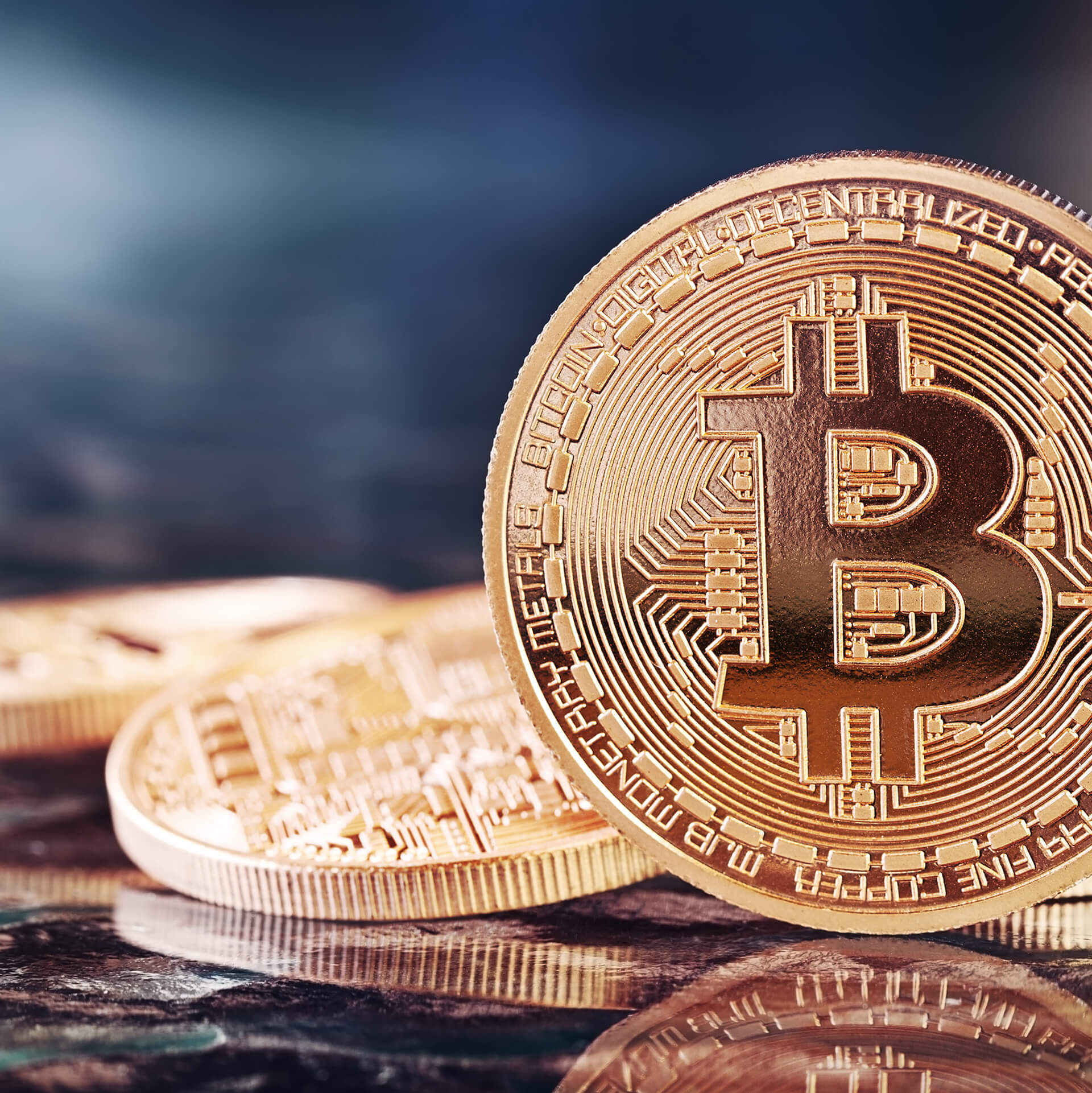
Gold Supply crunch
Gold supply crunch
Turning from gold demand to gold supply, it appears that AOTH’s predictions of peak gold are bang on.
The concept of peak gold should be familiar to most readers. Like peak oil, it refers to the point when gold production is no longer growing, as it has been, by 1.8% a year, for over 100 years. It reaches a peak, then declines.
At The Northern Miner’s International Metals Symposium in London on Dec. 2, a presenter from CRU Consulting said global gold production will peak at 3,250 tonnes, or 105 million ounces, next year, before entering a period of prolonged decline.
From 2025 onward, according to gold and base metals analyst Oliver Blagden, reserves will deplete, ore grades will decline and aging mines will close. Even if all planned projects come online, production could drop by up to 17% by 2030, Blagden noted.
China and Russia both face challenges in maintaining output levels, while in West Africa there has been a rise in resource nationalism, particularly Mali and Burkina Faso which have nationalized operations thus deterring foreign investment.
North America, while politically stable, remains the highest-cost region for gold mining.
None of this is new to Ahead of the Herd. Regarding our wheelhouse, the junior mining sector, the Northern Miner quotes Blagden saying that, despite the industry being on strong financial footing, with 97% of gold producers operating at positive margins and average all-in-sustaining cost margins at 47%, there is not enough investment in exploration. He said high-grade, well-located projects are harder to find, and he called for miners to act decisively during this period of high profitability. “Without new projects, mines will close, production will fall, and profits will shrink,” he said.
According to S&P Global, funds raised by junior and intermediate mining companies fell in December to $890 million. Despite a 2% increase in transactions, fewer high-value gold and other metals financings weighed down the monthly totals, resulting in year-to-date financings dropping 12% to $10.27 billion, the lowest since 2019.
De-dollarization
Some central banks are diversifying to currencies other than the US dollar following Russia’s invasion of Ukraine. When the United States punished Russia by freezing half of its $640 billion in gold and FX reserves, other countries thought “the same thing could happen to them”. Among the countries on a path to “de-dollarization” are Russia, China, India, Turkey and Saudi Arabia.
While the BRICS block of countries consisting of Brazil, Russia, India, China and South Africa has rejected the idea of forming a common currency to challenge the US dollar, they have also made significant strides in reducing dependence on the dollar by establishing a cross-border payment system and expanding the use of local currencies in trade, reports Natural News.
An October 2024 report by Ernst & Young India projected that coordinated BRICS policies could gradually diminish the dollar’s dominance in global trade and foreign exchange reserves. However for now, the US dollar remains the world’s primary reserve currency.
Trump has said that any country that tries to abandon the US dollar “should say hello to tariffs and goodbye to America!” he wrote on his Truth Social platform.
Remember, anything that puts downward pressure on the US dollar is good for precious metals.
US government needs to find $28 trillion
Schiff Gold notes that gold rocketed to an all-time last year because central banks and foreign governments reduced their dollar holdings.
But the greater risk to the US federal government is the maturation of US government bonds, aka Treasuries:
According to Federal Reserve data, there will be roughly $28 trillion worth of US government bonds maturing over the next four years, i.e. now through the end of 2028.
That’s more than 75% of the government’s $36+ trillion national debt.
This is an absolutely staggering figure, averaging $7 trillion per year for the next four years.
And remember, we’re just talking about the existing debt that is set to mature. It doesn’t even include new debt that has to be issued over the next four years, which could easily be another $7-10 trillion.
This is an enormous problem for the Treasury Department, because they clearly don’t have $28 trillion to repay those bondholders.
Usually when a government bond matures, the investor simply rolls the proceeds into a new bond. This is referred to as the debt “rolling over”. The problem for the US government is that most of the bonds that are maturing over the next four years were issued when interest rates were much lower. If they were previously issued at 3%, for example, now the government has to refinance that debt at say 5%, meaning an extra 2% in interest charges per year.
That’s almost $600 billion in additional interest EACH YEAR on top of the $1.1 trillion interest bill that they’re currently paying.
The question is not only how will the government find the $28 trillion — likely they will print it, which is hugely inflationary — but who is going to buy the new bonds? Enter the de-dollarization trend.
The Treasury Department relies on foreign individuals and governments to buy US Treasuries, which helps fund the national debt. Traditionally, countries are forced to buy US government bonds because the dollar is the world’s reserve currency. Most commodity transactions are conducted in dollars. But over the past several years, a number of countries have started to trade in currencies other than the dollar.
Schiff Gold then poses the question: If you’re a foreign central bank and you have $100 billion of US government bonds that are about to mature, what are you going to do?
Are you going to reinvest that entire $100 billion back into a country that might already be threatening you with economic penalties?
Or do you quietly let the treasuries mature, take the money, and find someplace else to invest that $100 billion?
A lot of foreign governments and central banks are going to be giving serious consideration to option two.
But they are going to have to invest that money in an asset that, like US dollars, is widely accepted, and has universal value and marketability around the world.
Gold is one of those assets. And that’s why central banks have been buying so much of it for the past couple of years.
I think there’s an obvious case to be made, given the prospects of tariffs and further trade wars, or even just the threats thereof, they are going to keep buying gold and send the price even higher.
Silver
Spot silver narrowly beat spot gold in 2024, with an annual gain of 27% to gold’s 24%. Silver has benefited mostly due to physical buying in India and China. Silver ETFs have also been a factor.
Silver, like gold, is a precious metal that offers investors protection during times of economic and political uncertainty.
However, much of silver’s value is derived from its industrial demand. It’s estimated around 60% of silver is utilized in industrial applications, like solar and electronics, leaving only 40% for investing.
The lustrous metal has a multitude of industrial applications. This includes solar power, the automotive industry, brazing and soldering, 5G, and printed and flexible electronics.
A report by Oxford Economics commissioned by the Silver Institute found that demand for industrial applications, jewelry production and silverware fabrication is forecast to increase by 42% between 2023 and 2033.
The Silver Institute expected demand to grow by 2% in 2024, led by an anticipated 20% gain in the solar PV market.
Total silver supply should decrease by 1%, meaning 2024 should see another deficit, amounting to 215.3Moz, the second-largest in more than 20 years.
In fact it’s the fourth year in a row that the silver market would be in a structural supply deficit.
As for what’s in store for silver in 2025, UBS financial markets strategist Julian Wee says that silver could enjoy a spillover effect from gold, which he expects will reach $2,900 around September 2025.
He suggested stronger industrial demand could propel silver higher, especially if China lowers interest rates, sparking a recovery in global manufacturing. The People’s Bank of China lowered its benchmark lending rates by 25 basis points in October.
Wee said on the supply side, mining output should remain constrained in 2025. “We thus expect prices to reach USD$36-38/oz in 2025, and advise investors to stay long the metal or use it for yield pickup opportunities,” he said via Kitco.
In fact there is evidence to suggest that silver could be on the verge of its biggest breakout in history, with projections of $50 an ounce by mid-year.
Silver’s growing importance
The Jerusalem Post reports that governments and central banks are taking an increasing interest in silver for both its monetary and industrial purposes. For example, some central banks are considering adding silver to their portfolios, while several countries are stockpiling silver supplies for high-tech and defense applications. Silver’s use in solar power has made it a strategic metal.
Gold-silver ratio
The gold-silver ratio shows how many ounces of silver equal one ounce of gold. The ratio is a good indication of whether silver is under- or over-valued. To find it, simply divide the price of gold by the price of silver.
As of this writing, the gold-silver ratio sits at 88.5. Historically, when the ratio is this high, silver tends to outperform gold in the following months. The historical average for the gold-to-silver ratio has typically ranged between 50 and 70, meaning silver is significantly undervalued relative to gold at current levels.
In an interview on CapitalCosm, precious metals analyst Peter Krauth argues that the Federal Reserve’s policy of keeping interest rates near zero for an extended period has contributed to the current inflationary pressures and that recent rate hikes may not be enough to control it.
He cited instances where silver prices tripled within a few years and mentioned silver companies that witnessed gains of 16 times and 17 times their share price within a two to three-year period.
The author of ‘The Great Silver Bull’ thinks a new bull market in silver will be driven by inflation, rising interest rates and the impact of the Trump tariffs. He sees the current economic climate as similar to the 1970s when silver prices skyrocketed amid high inflation.
Consumer prices rose 2.6% in December from a year earlier, up from 2.4% in November and the third straight monthly increase. AP notes the Jan. 31 figures arrived two days after the Federal Reserve paused interest rate cuts in part because inflation has been stuck at about 2.5%, above their 2% target, for the past six months.



